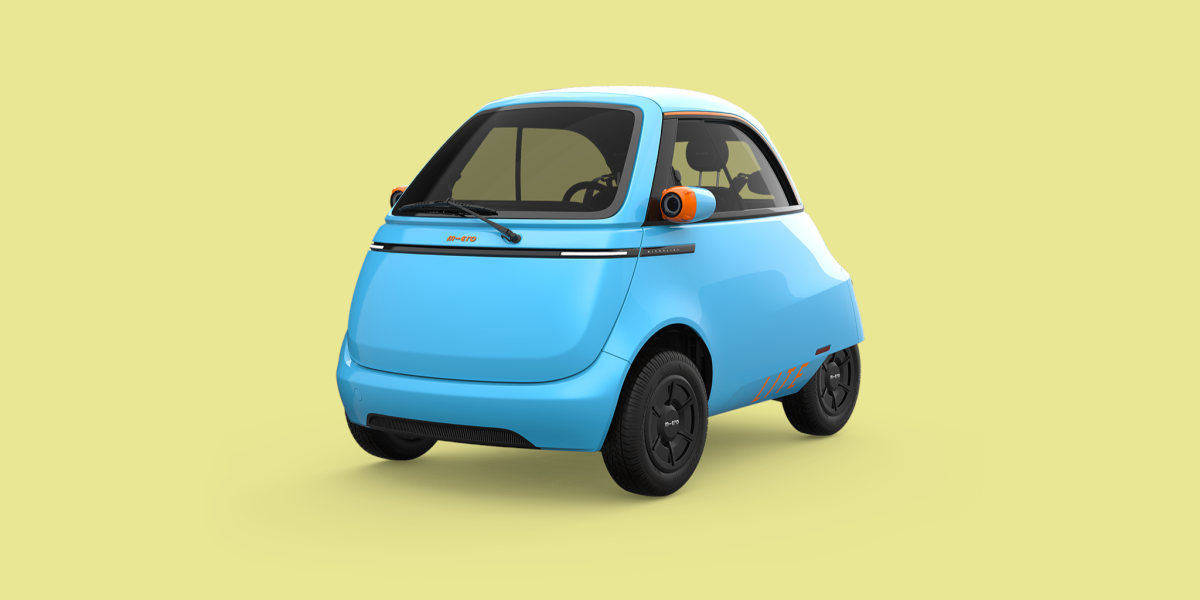
Admittedly, ultra-small EVs are usually best suited to the narrow, low speed, high density streets of urban Europe, or the low stakes surroundings of a beach resort. That said, it’s proved surprisingly hard to create a universally popular two-seater for today’s traffic conditions.
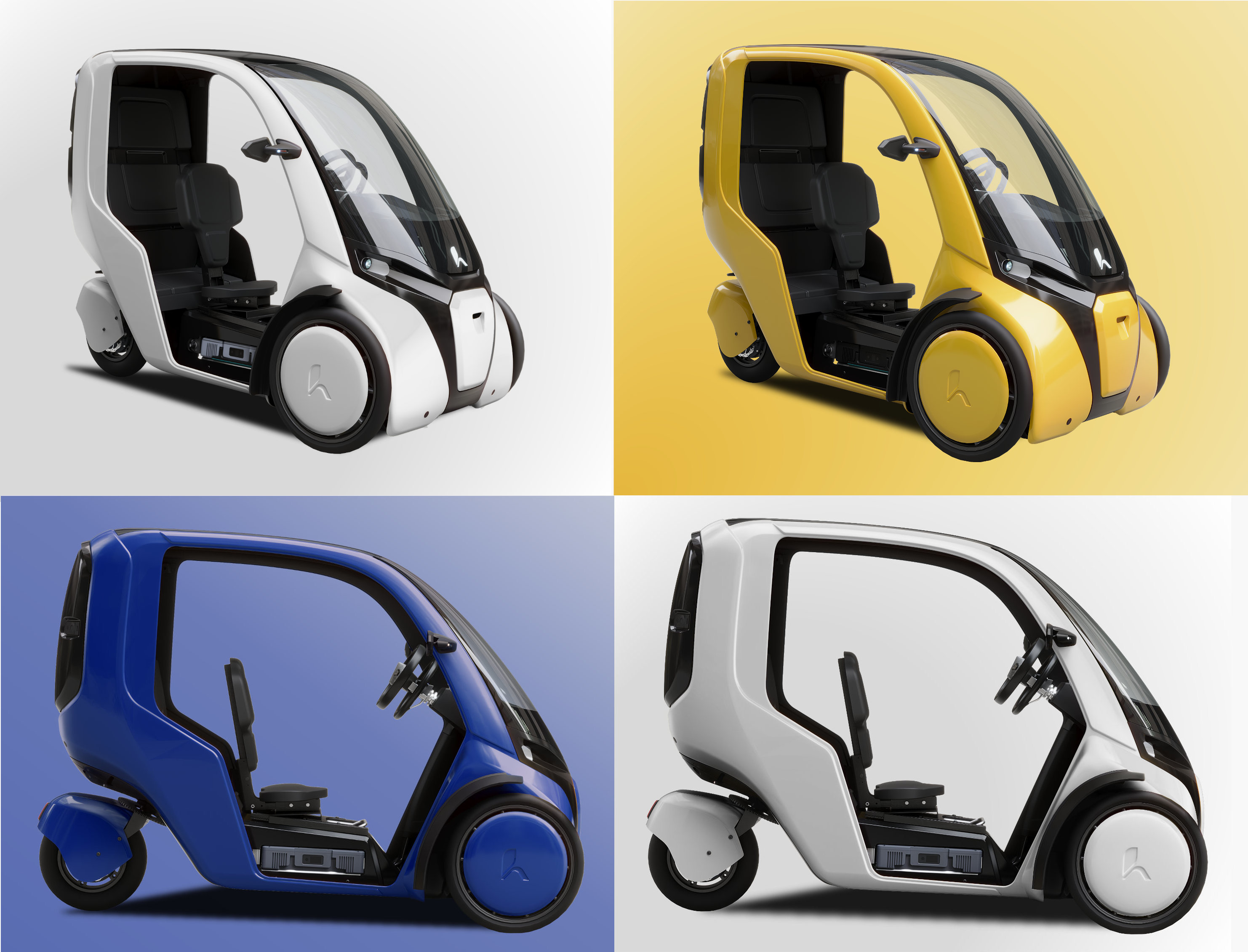
The road to micro motoring heaven is scattered with the rusting hulks of failure. For a start, bigger cars mean bigger profits, and throw in the psychological benefits of surrounding oneself with more metal in an increasingly combative driving environment and you can start to see why it’s so hard to make the microcar happen.
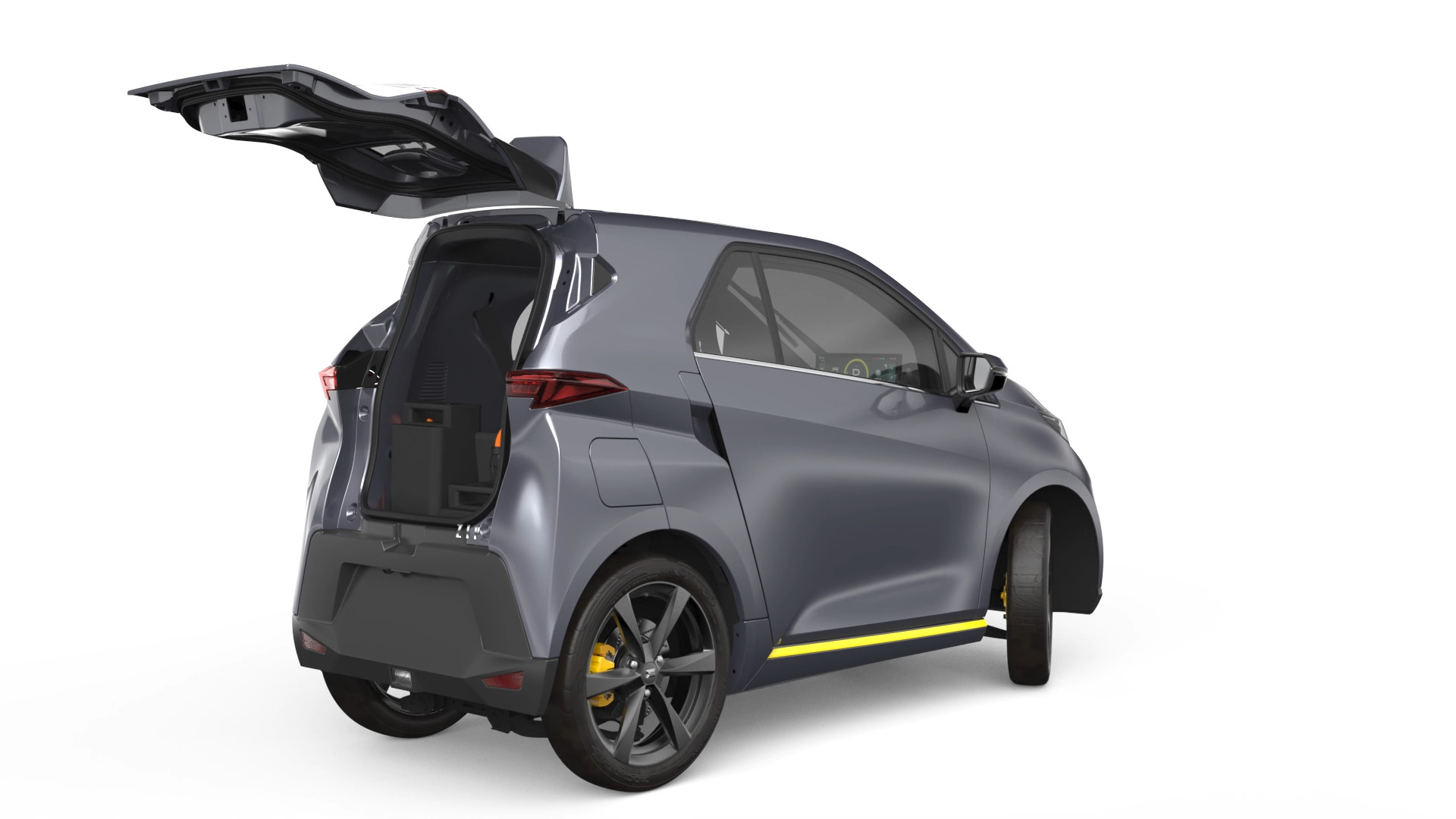
That doesn’t seem to stop people from trying, despite the motoring landscape being littered with literal ruins of past attempts; the Arizona scrapyard filled with ElectraMeccanica’s Solo EV, for example, or the eerie Chinese EV graveyards are grisly examples of good intentions gone bad.
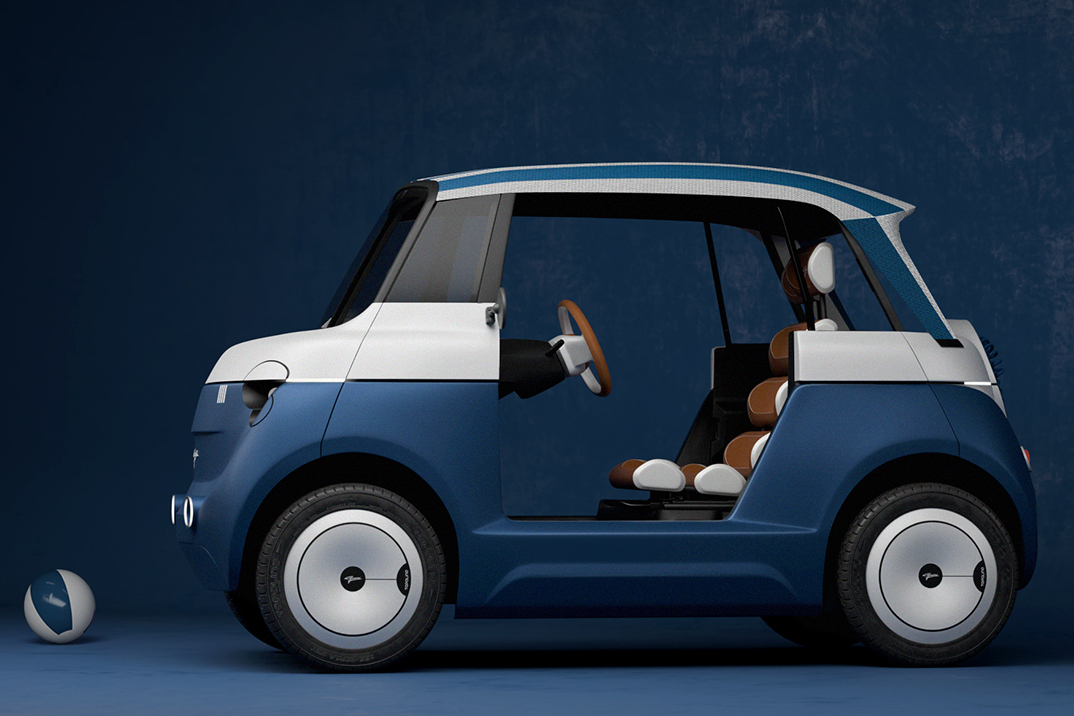
However, we don’t want to give up hope. Here are four new tiny cars that take a fresh approach on the high-spec, small scale city machine.
Microlino Lite
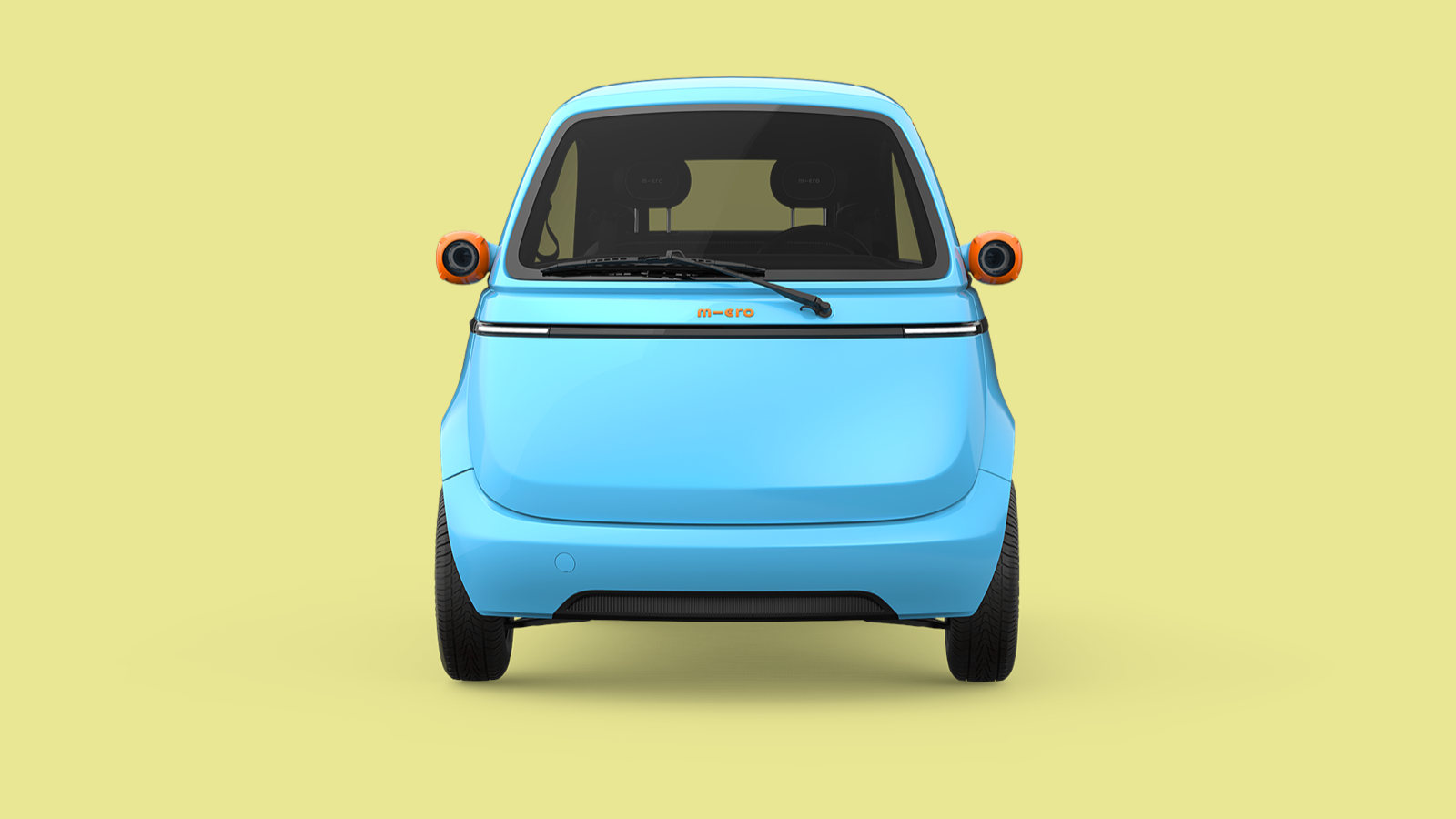
We’ve already raved about the diminutive Microlino, one of a new breed of compact EVs that draws upon the form of past microcars. Now the Swiss company is also offering a Microlino Lite, which falls into the same light quadricycles (L6e) EU classification as the original Ami.
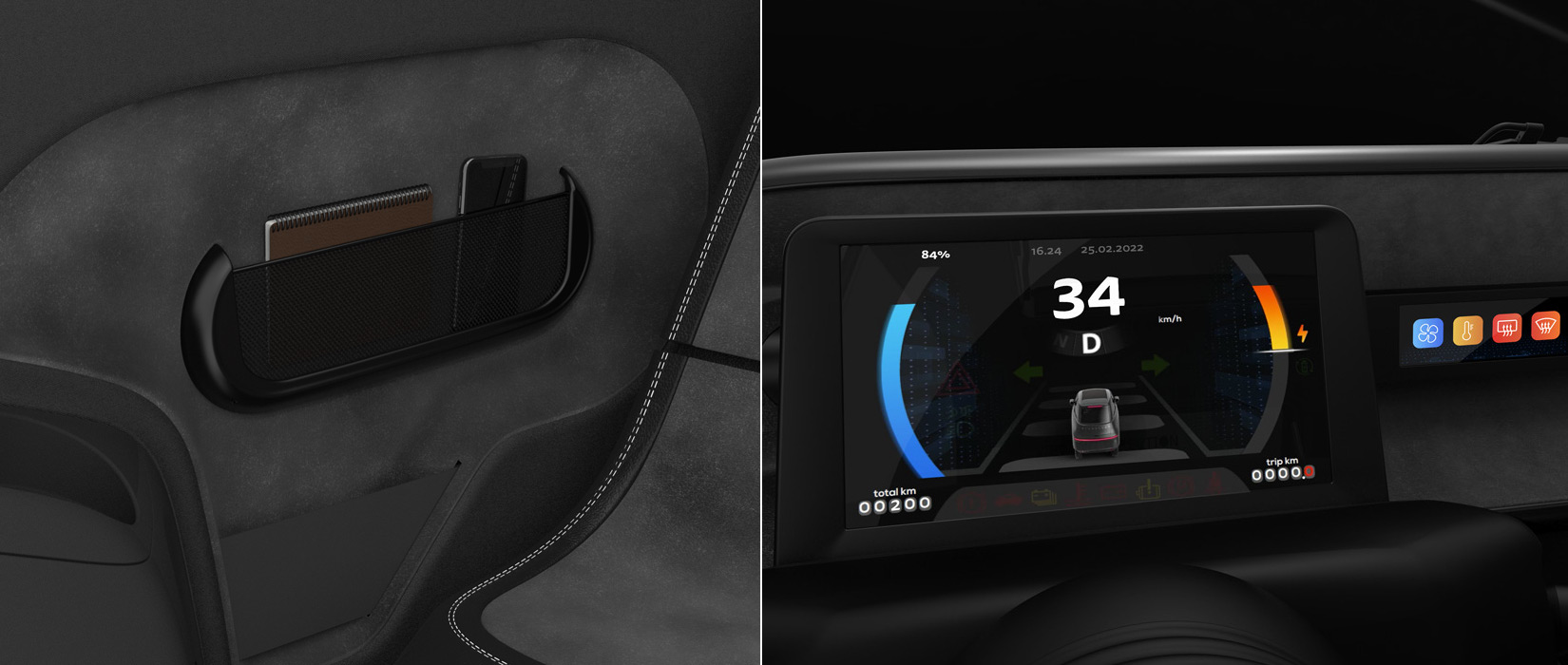
With a speed limit of 45km/h (versus the 90 km/h of the standard model) it means that it can be driven by 14 year olds in France and Italy and 15-year-olds in Sweden, Germany, Austria and Spain. The four-wheel layout shares the same spacious two-seater cabin with generous (for the size) luggage space, and most importantly of all, a range of 200km.
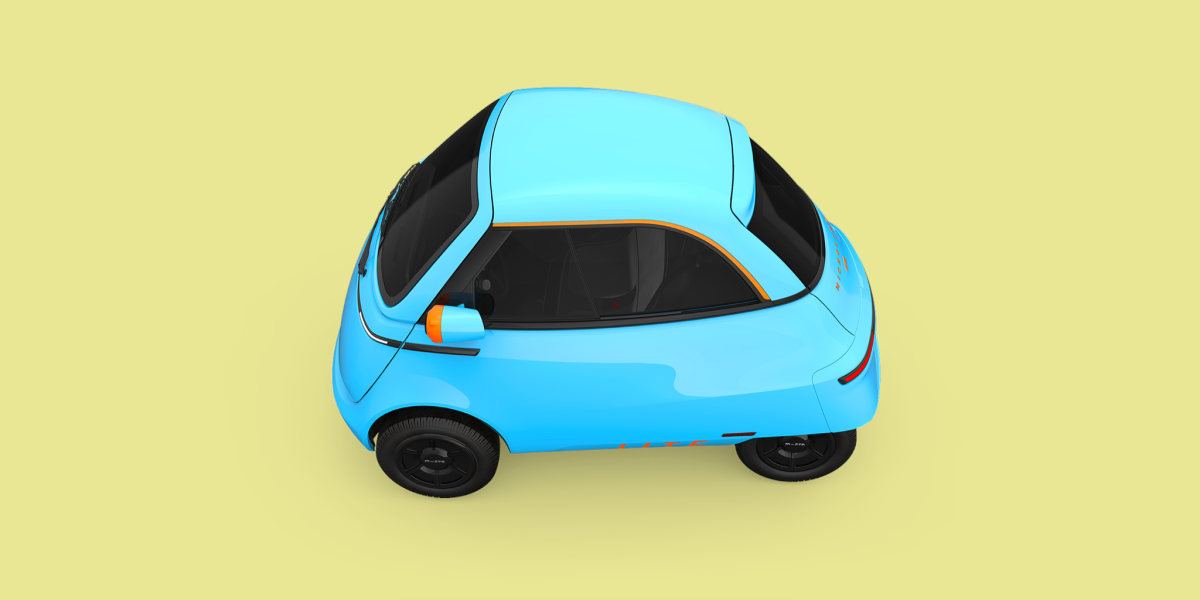
Microlino Lite, information from Microlino-Car.com, @Microlino_Official
Topolino by Garavini Torino
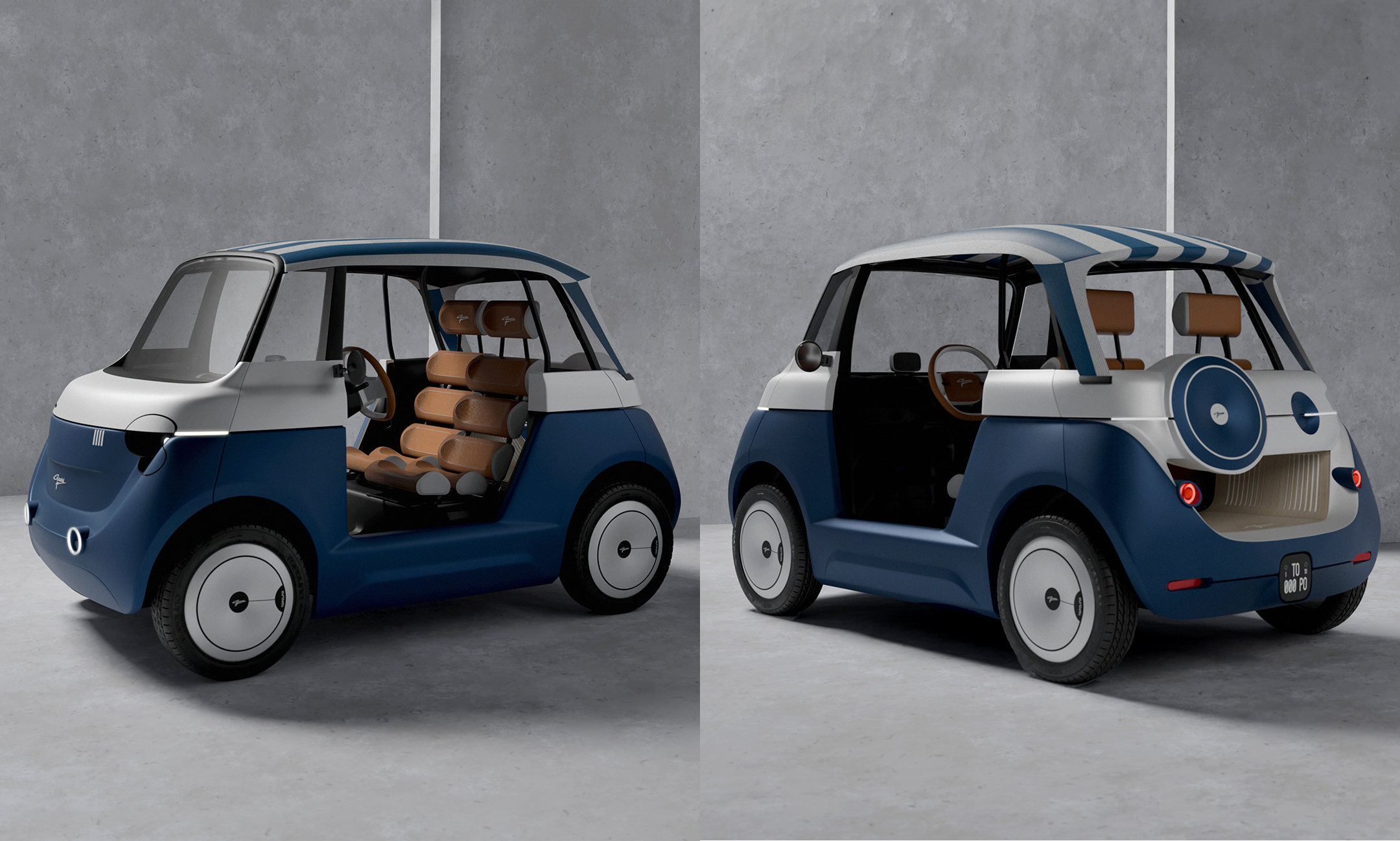
This is yet another take on the popular Citroën Ami platform. Following Fiat’s own Topolino re-badging exercise and Castagna Milano’s Spiaggina beach car version, now it’s the turn of Garavini Torino.
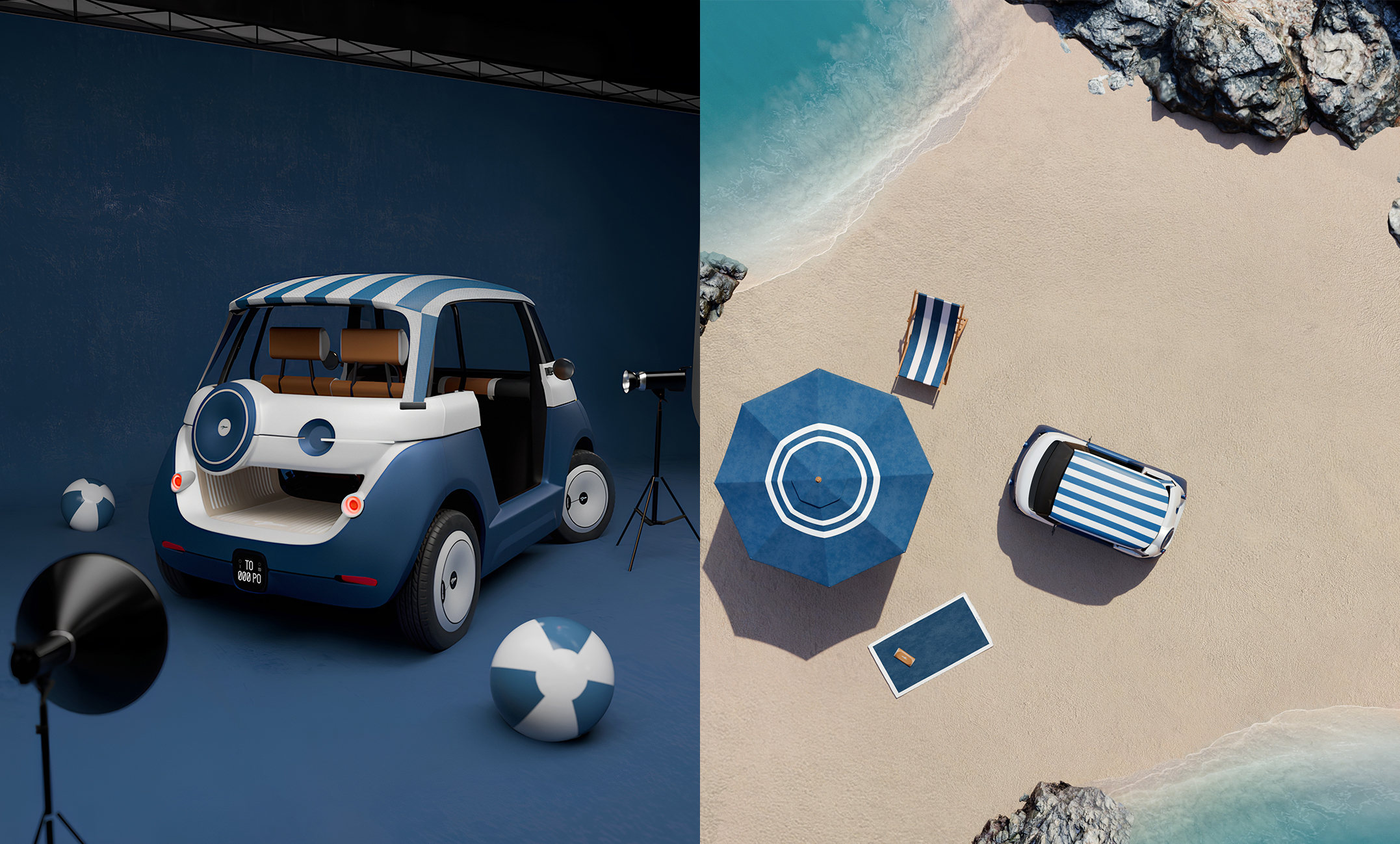
The re-born Turinese coachbuilder hopes to snare a new generation of customers with this clean-looking concept for a two-seater EV with bags of retro-infused character. The company hopes to build ten highly bespoke examples.
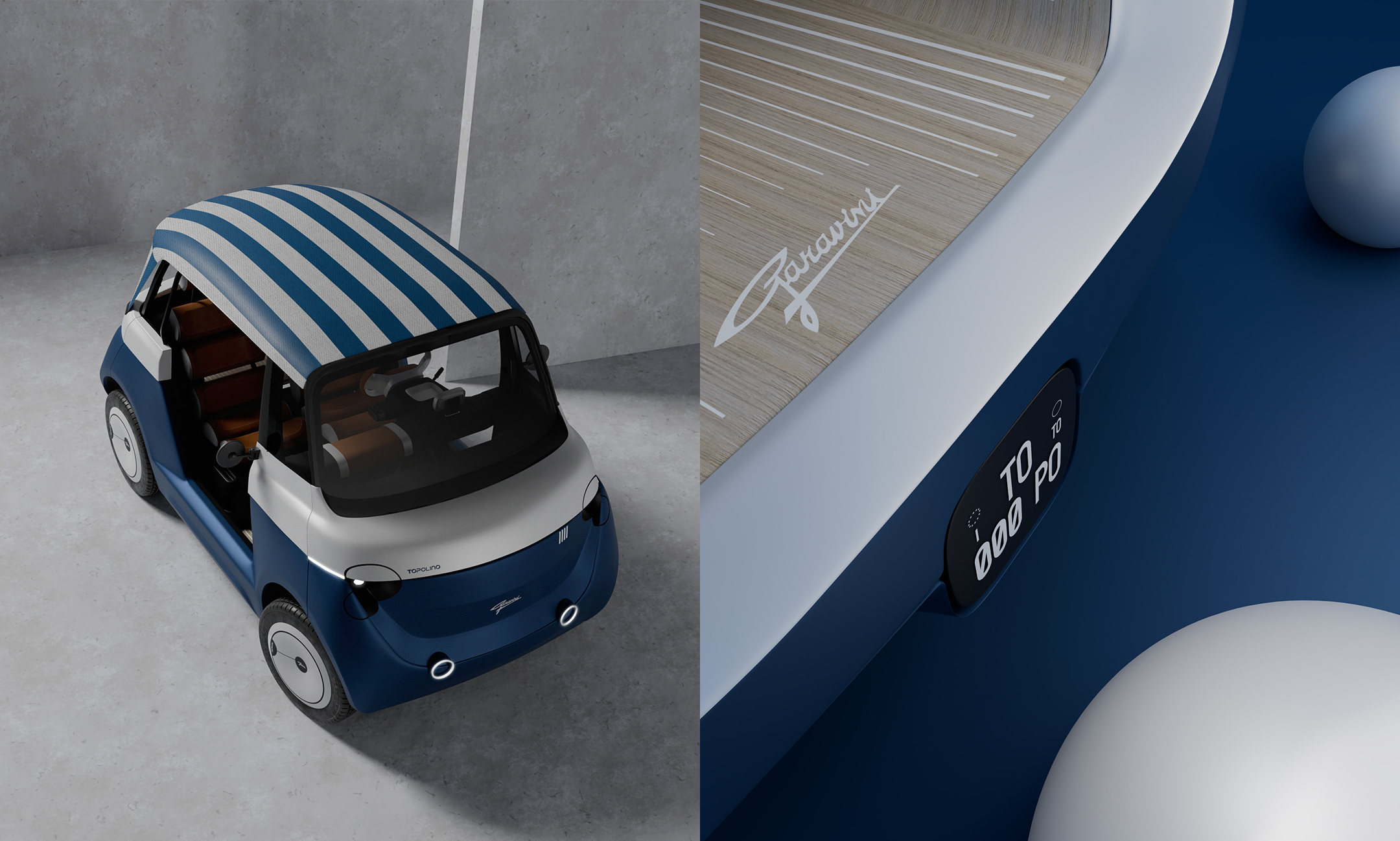
Topolino by Garavini, from €45,000 (plus taxes and donor car), Garavinitorino.it, @Garavinitorino
Hopper Mobility Microcar
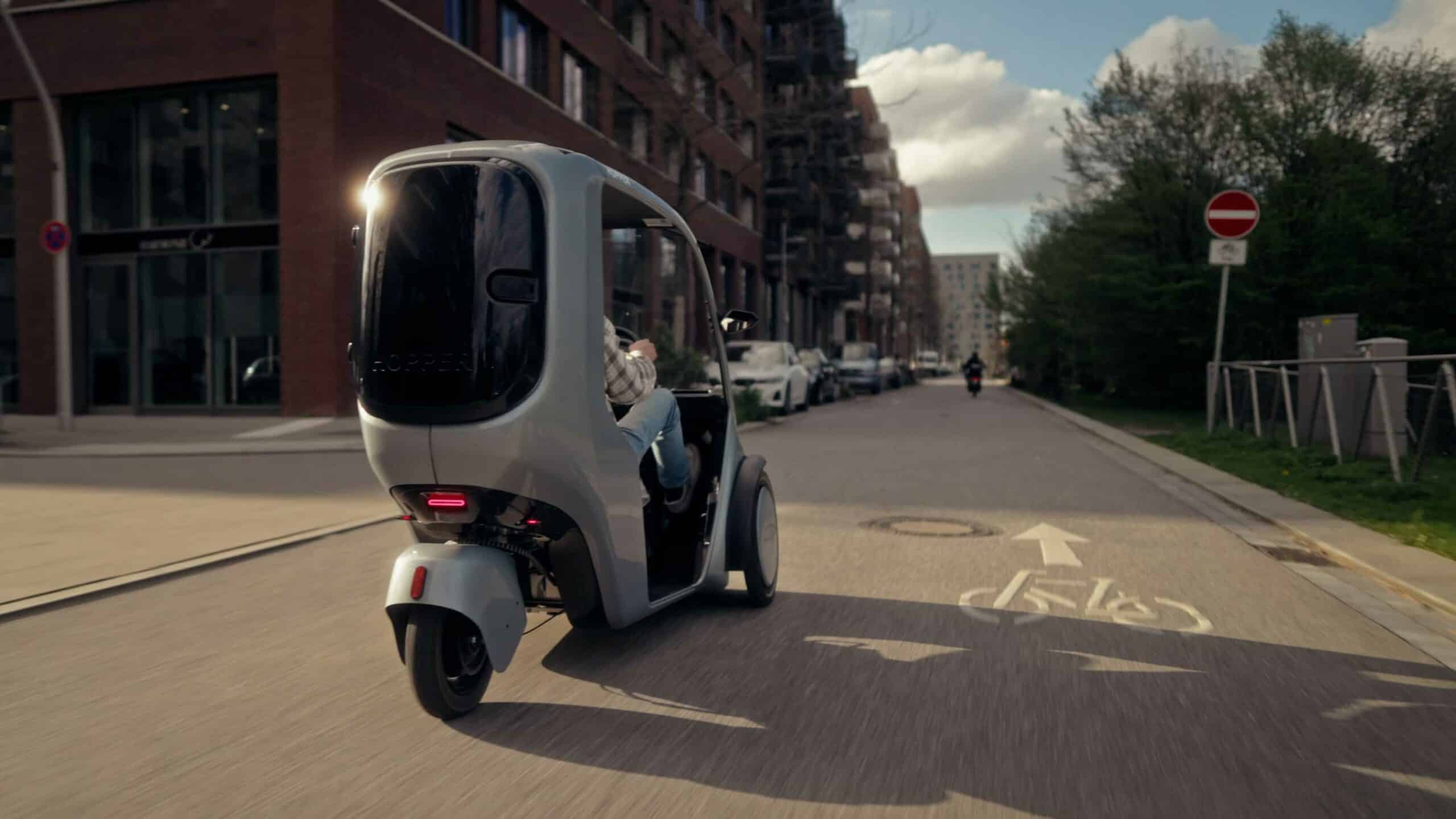
German start-up Hopper Mobility are hoping their tandem-seater three-wheeler will capture audiences seeking a tiny machine for weaving in and out of dense city traffic. Available as both a single-seater cargo version and a regular two-seater, the 2m-long Hopper has up to 40 miles of range and a pedal-assisted drivetrain with a maximum speed of 25 km/h.
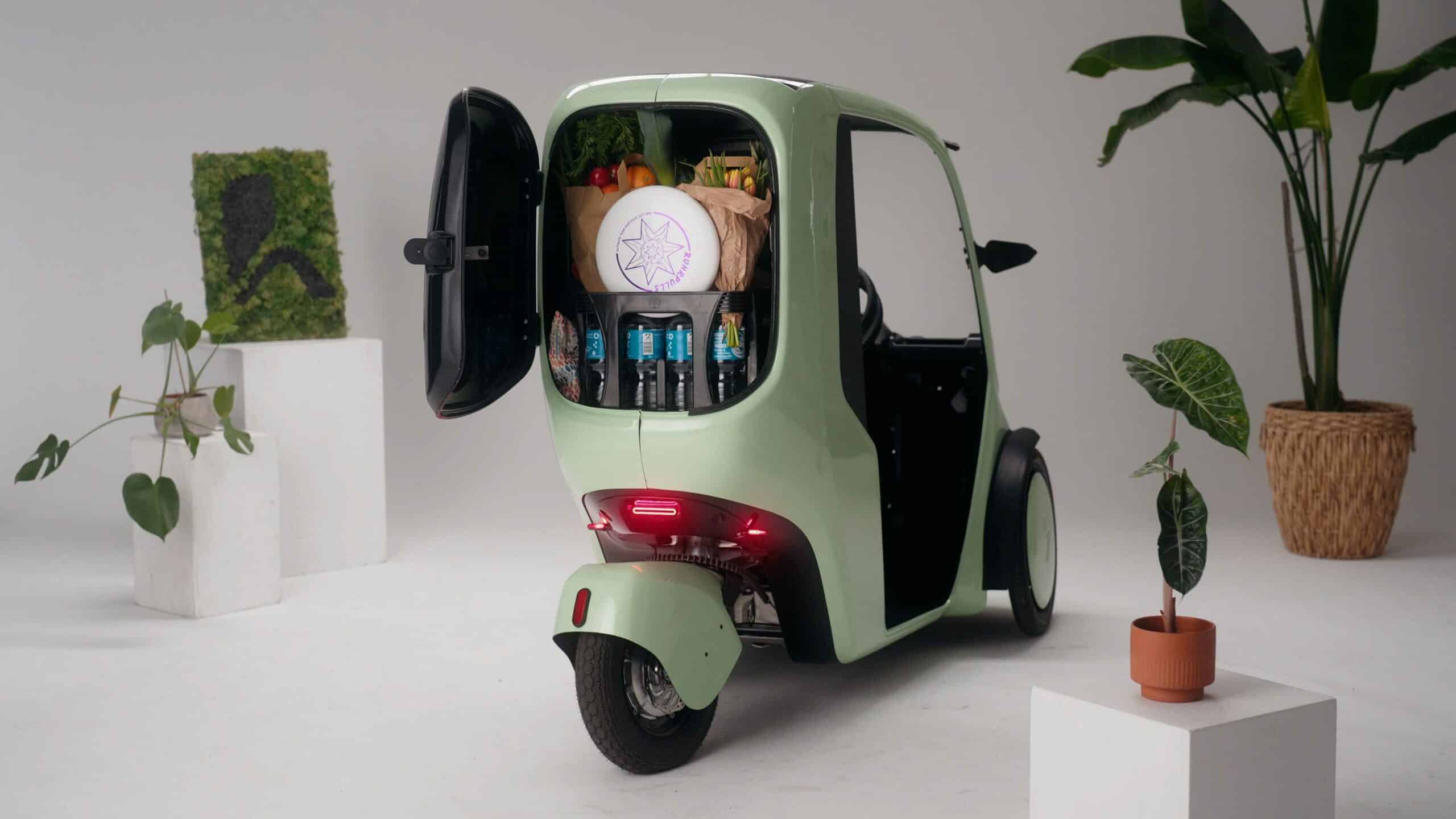
These qualities easily keep the vehicle in the legal class below cars, which also allows it to use cycle paths. The battery can be removed and charged at your desk, and mirrors, LED lights and a conventional steering wheel give a car-like driving experience. There’s even a lockable boot and the option of a solar roof for an additional charging boost. Side doors aren’t yet available although the company is looking into making them a future option.
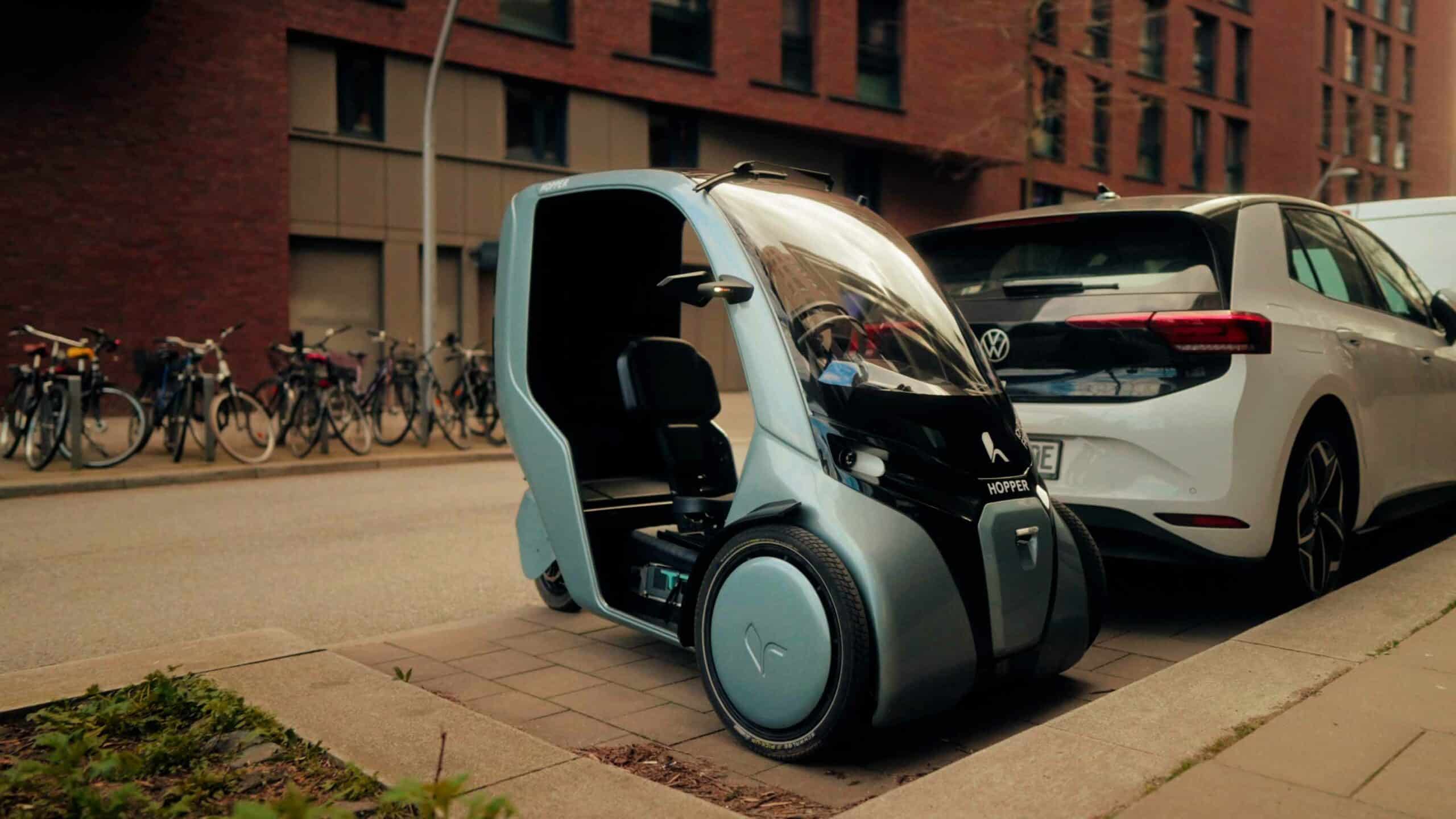
Hopper, from €13,500, Hopper-Mobility.com, @HopperMobility
Swapa Zip Microcar
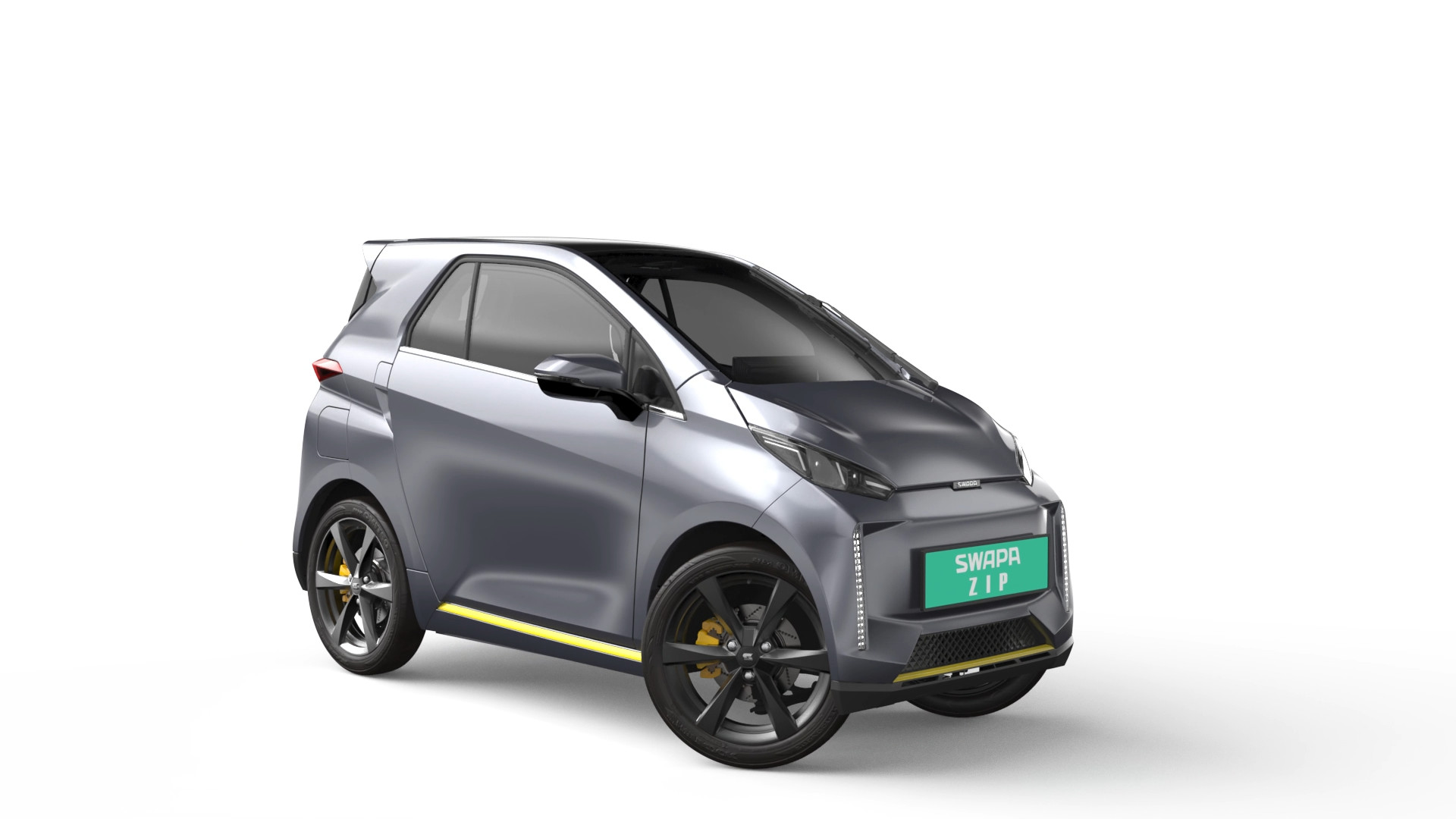
Tall and narrow, the Swapa Zip compresses a number of car-like features into a tiny amount of space, with a steel structure, composite panels, regular doors and opening windows, and a two-seater tandem interior that has a 12.3” touchscreen dashboard and even air conditioning. Limited to 45km/h so it sneaks into the L6e classification, the Zip is just over 2.5m long and a metre wide, not counting the door mirrors.
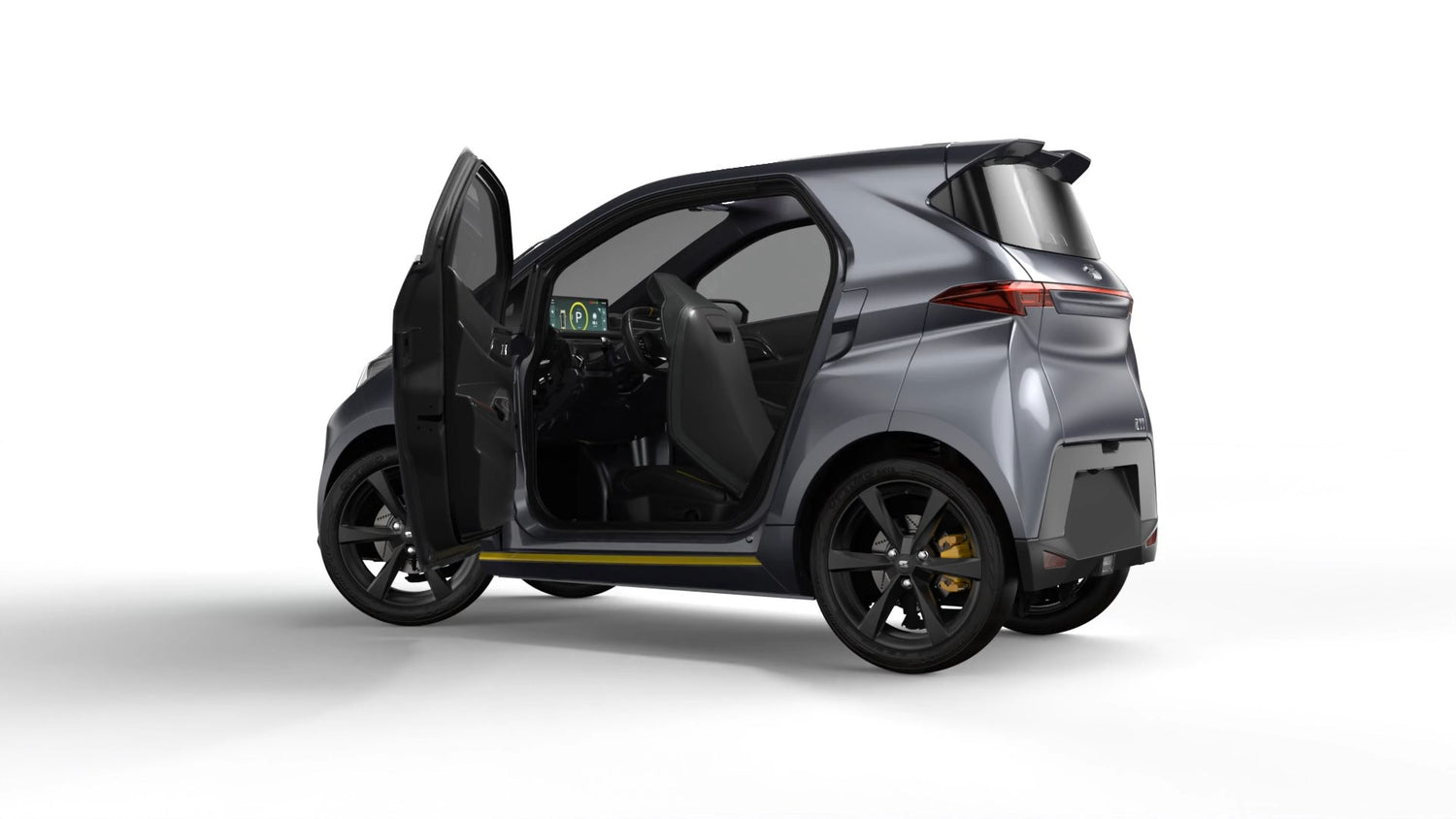
A particularly neat function are the rear-mounted buttons that allow you to move the car forwards and backwards so it can be squeezed into even the tightest of spaces. Headquartered in Singapore with a sales network based in Milan, the Zip has a range of 100km and is due to go on sale this year.
Swapa Zip, more details at Swapaglobal.com, @Swapamobility







